 Anderson Flat Community Building
Anderson Flat Community Building
County: Marion
 Anderson Flat Community Building
Anderson Flat Community Building
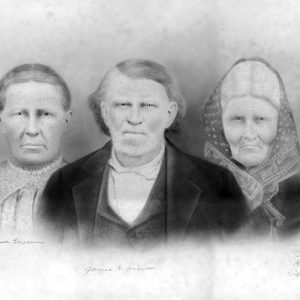 Anderson Family
Anderson Family
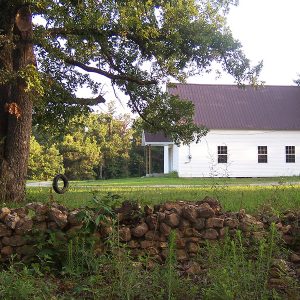 Anderson Flat School
Anderson Flat School
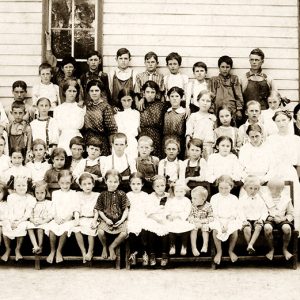 Anderson Flat School
Anderson Flat School
Anderson Flat (Marion County)
aka: Verona (Marion County)
 Antlion
Antlion
 Antlion Pit Trap
Antlion Pit Trap
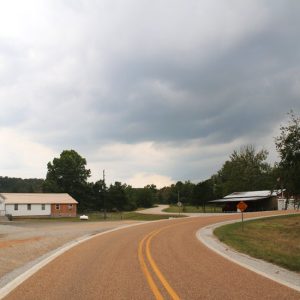 Bruno
Bruno
Buffalo National River
aka: Buffalo River
Bull Shoals (Marion County)
 Bull Shoals Aerial View
Bull Shoals Aerial View
 Bull Shoals Attractions
Bull Shoals Attractions
 Bull Shoals Dam
Bull Shoals Dam
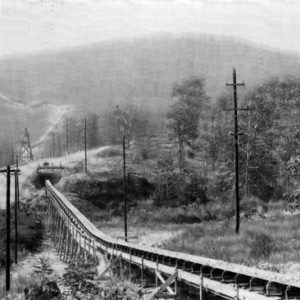 Bull Shoals Dam Conveyer Belt
Bull Shoals Dam Conveyer Belt
 Bull Shoals Dam Power Plants
Bull Shoals Dam Power Plants
Bull Shoals-White River State Park
Caulder, Peter
Cold Springs School
aka: Hepsey School
Covenant, the Sword and the Arm of the Lord
 Covenant, Sword and Arm of the Lord's FBI File Document
Covenant, Sword and Arm of the Lord's FBI File Document
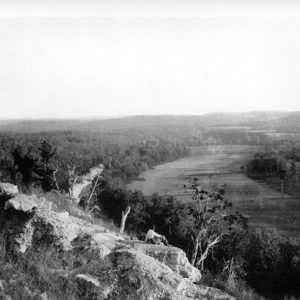 Crooked Creek
Crooked Creek
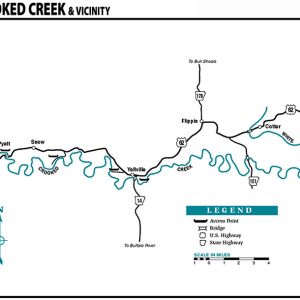 Crooked Creek Map
Crooked Creek Map
 CSA Bunker
CSA Bunker
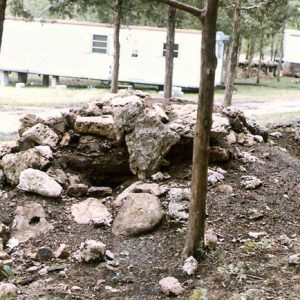 CSA Compound
CSA Compound
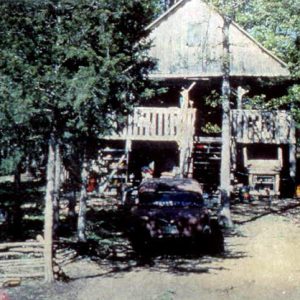 CSA Compound
CSA Compound
 CSA Compound Entrance
CSA Compound Entrance
 CSA Weapons Seizure
CSA Weapons Seizure
 Dogpatch USA Ad
Dogpatch USA Ad
Eros School Building
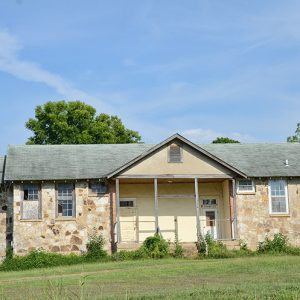 Eros School Building
Eros School Building
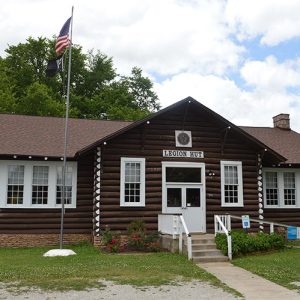 Estes-Williams American Legion Hut 61
Estes-Williams American Legion Hut 61
Estes-Williams American Legion Hut 61
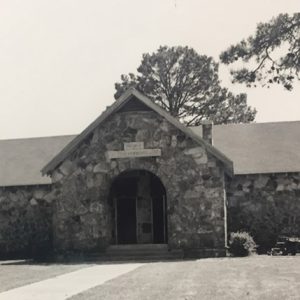 Fair View School
Fair View School
 First Iowa Cavalry
First Iowa Cavalry
Flippin (Marion County)
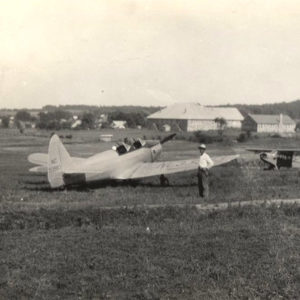 Flippin Airport
Flippin Airport
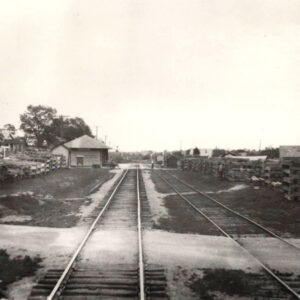 Flippin MoPac Tracks
Flippin MoPac Tracks
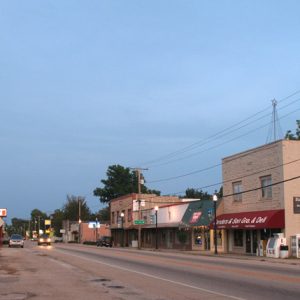 Flippin Street Scene
Flippin Street Scene
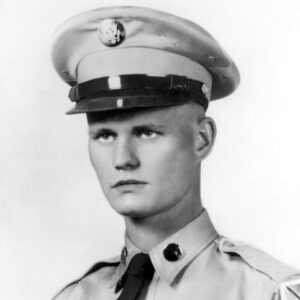 Charles Gilliland
Charles Gilliland
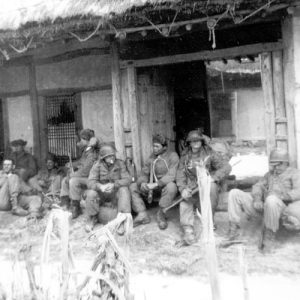 Charles Gilliland
Charles Gilliland
Gilliland, Charles Leon
 Gray Tree Frog
Gray Tree Frog
Hall, David
Hensley, Violet Brumley
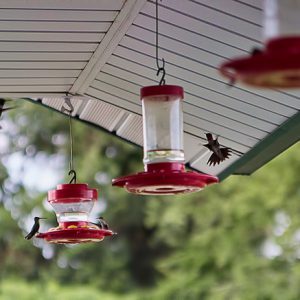 Hummingbirds
Hummingbirds
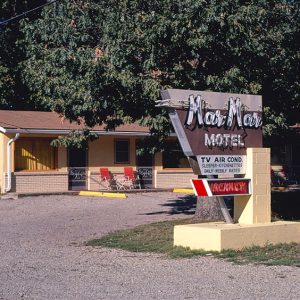 Mar Mar Motel
Mar Mar Motel
Marion County
Marion County Courthouse
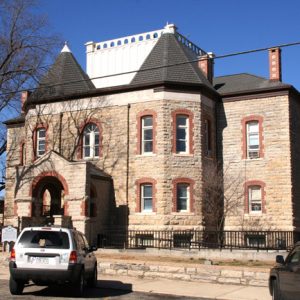 Marion County Courthouse
Marion County Courthouse
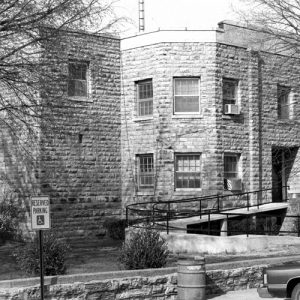 Marion County Courthouse
Marion County Courthouse




